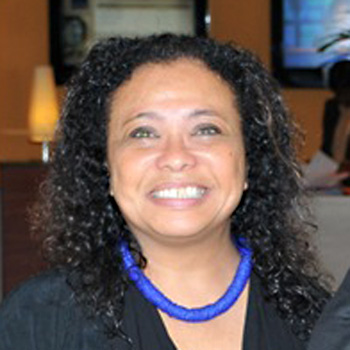John Lewis is laid to rest Thursday, and Margaret Russell remembers the man who never forgot that the future depends on knowing the truth about our past.
Nine years ago, on March 7 — “Bloody Sunday” as it is called in civil rights history — my daughter and I marched across the Edmund Pettus Bridge in Selma, Alabama, with Congressman John Lewis. It was my daughter’s 16th birthday, and somehow I figured she would rather have this than a new car.
Crossing the bridge was wonderful, but the most vivid memories I have were not from the bridge, but from our youth bus that John Lewis rode for three days beforehand, sharing his movement experiences with a few dozen teenagers from the Martin Luther King Freedom Center in Oakland. I was a lucky chaperon.
Every March for two decades (including this year), John Lewis was a core part of the Congressional Civil Rights Pilgrimage, an invitation from Lewis and others to “walk with him” in Birmingham, Montgomery and Selma, the cradles of the 1960s civil rights movement. With a bipartisan Congressional delegation and others, we spent four days steeped in history; the 16th Street Baptist Church in Birmingham, the Rosa Parks Museum in Montgomery, the streets of Selma.
And in between, John Lewis spent most of his time not on the dignitaries’ bus, but on “the kids’ bus,” reaching out to them, retelling the painful stories and pointing out the tragic sites where people died for freedom: Viola Liuzzo, Jimmie Lee Jackson, James Reeb, Jonathan Daniels. I was struck by his caring presence with young people. Then I remembered that his first arrest for civil disobedience was when he was barely 20. Six years later, he had been arrested 40 times for protesting racist laws and practices in the Jim Crow South.
